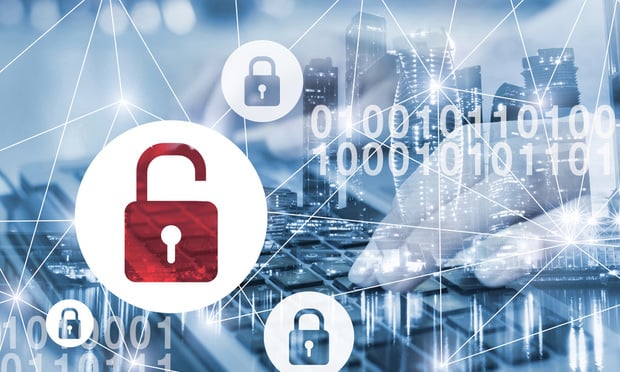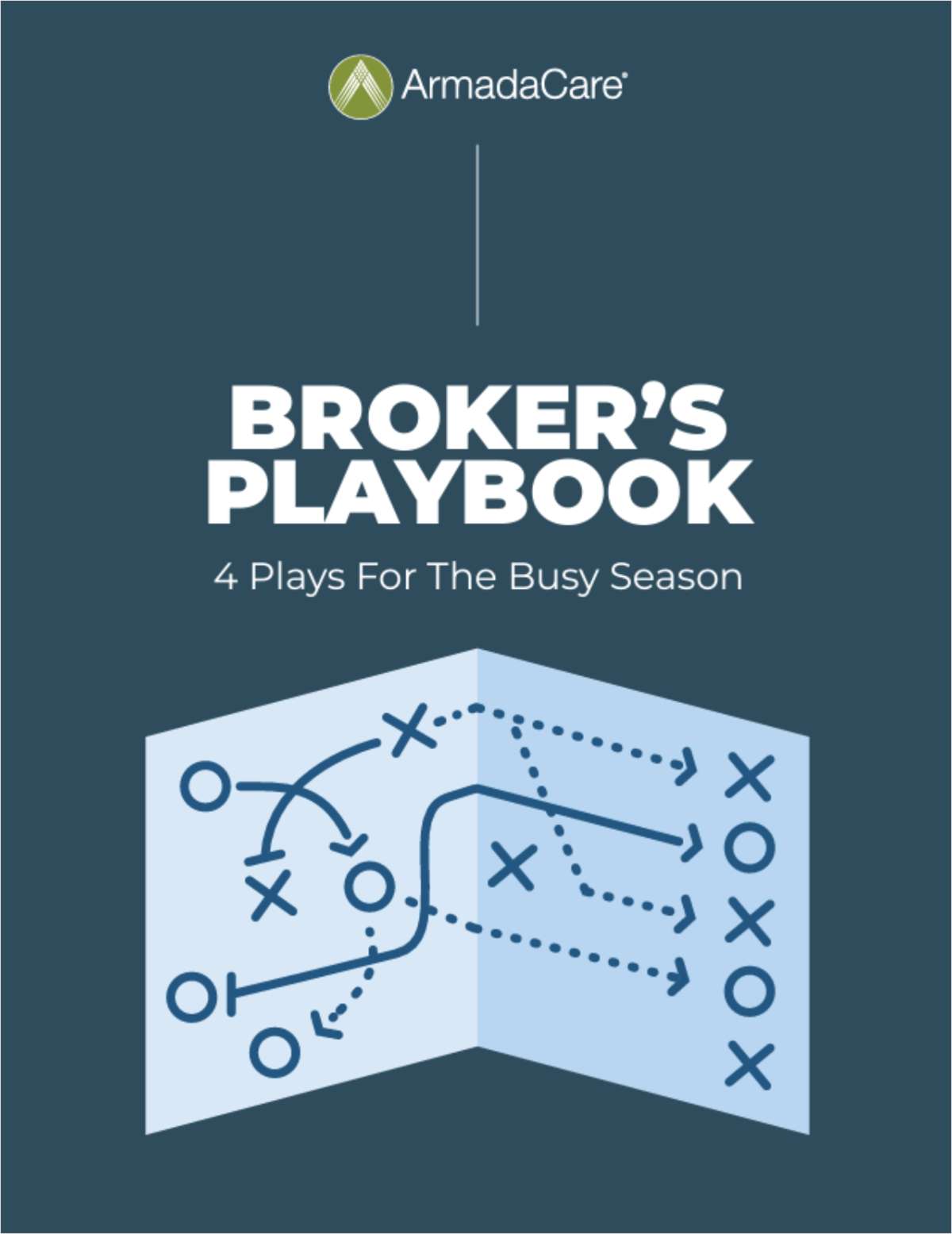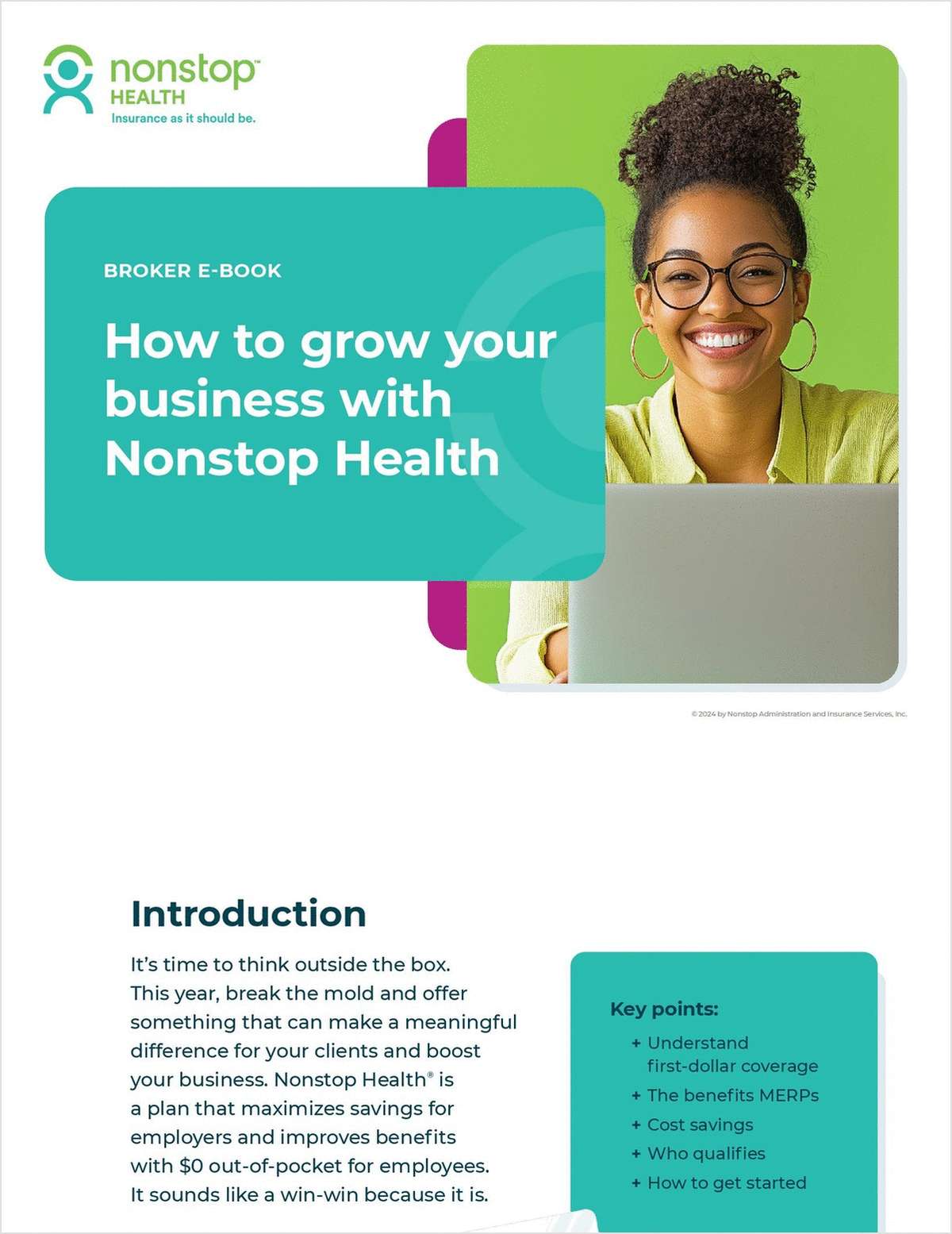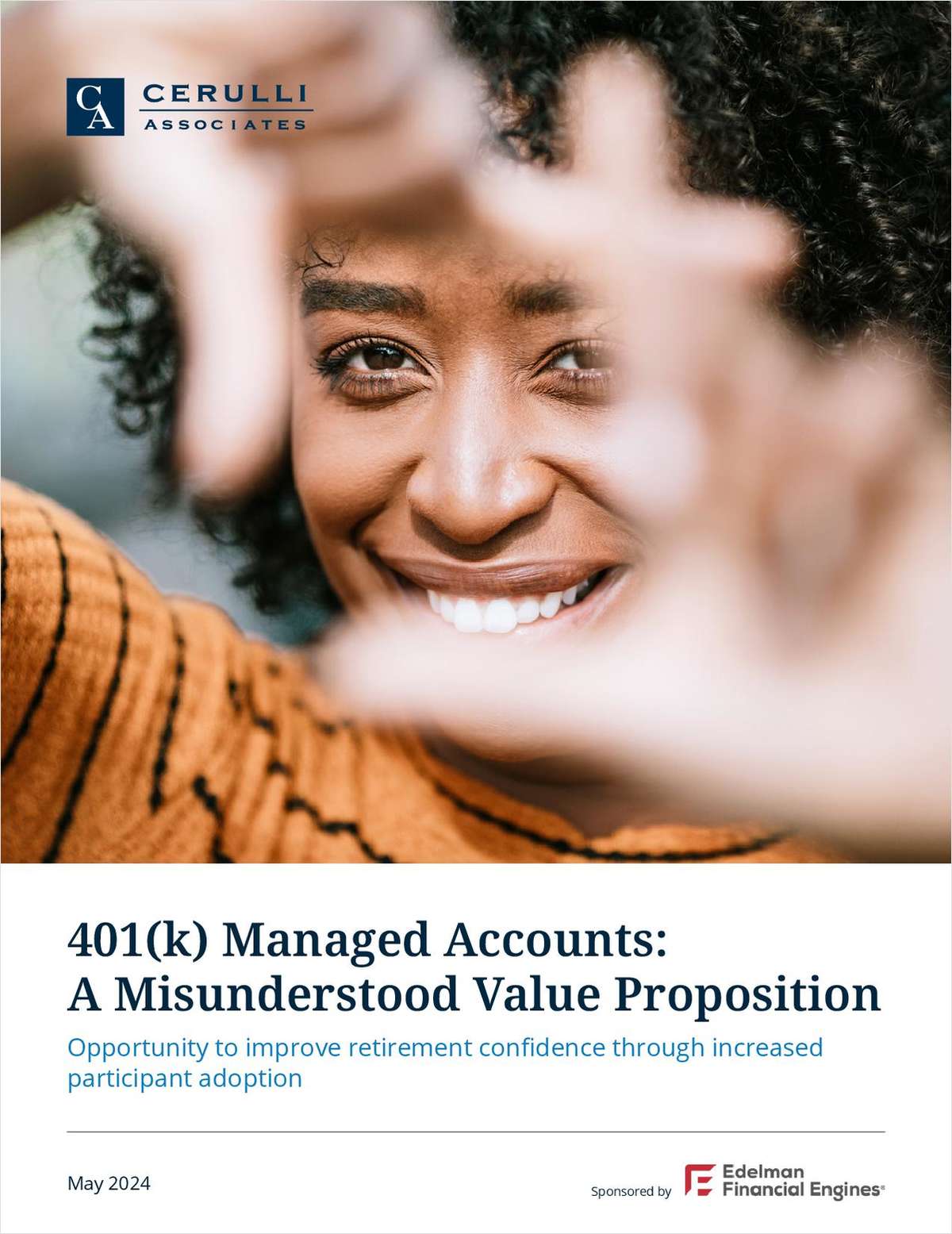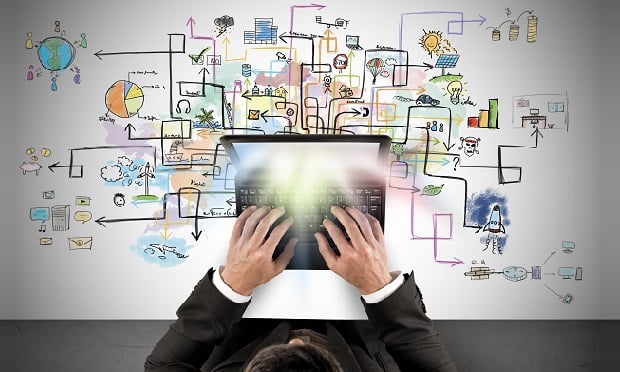 Virtual onboarding tours can take employees through applications and get them up to speed on the most important features quickly.
Virtual onboarding tours can take employees through applications and get them up to speed on the most important features quickly.
Despite the ongoing pandemic, it's inevitable that a new generation is entering the workforce: Gen Z. For years, businesses were focused on how millennials were changing HR teams' approach in the workplace based on their values and needs, especially as many people in this group entered the workforce during a recession. Now millennials are entering their late 30s and early 40s and are taking up management and executive positions as college grads begin to enter the workforce.
Continue Reading for Free
Register and gain access to:
- Breaking benefits news and analysis, on-site and via our newsletters and custom alerts
- Educational webcasts, white papers, and ebooks from industry thought leaders
- Critical converage of the property casualty insurance and financial advisory markets on our other ALM sites, PropertyCasualty360 and ThinkAdvisor
Already have an account? Sign In Now
© 2024 ALM Global, LLC, All Rights Reserved. Request academic re-use from www.copyright.com. All other uses, submit a request to [email protected]. For more information visit Asset & Logo Licensing.




